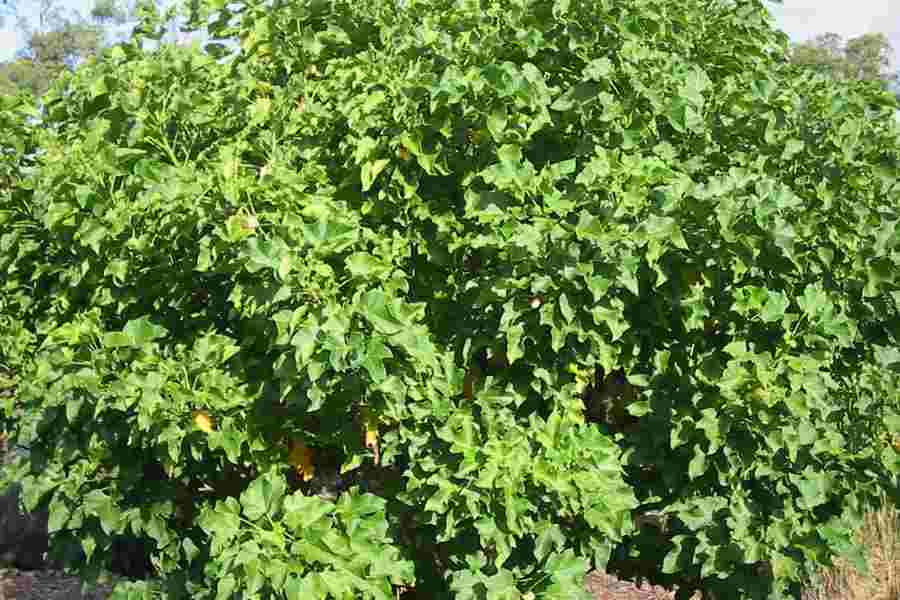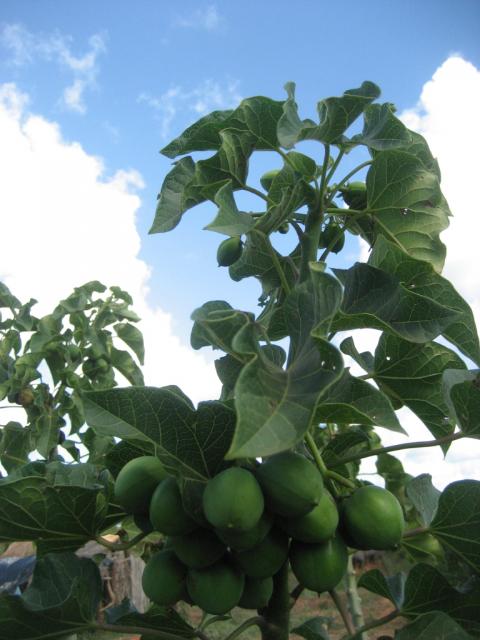
Mission NewEnergy Ltd
Add a review FollowOverview
-
Sectors
-
Posted Jobs 0
-
Viewed 173
Company Description
Jatropha A Feasible Alternative Renewable Resource
Constantly the biodiesel industry is trying to find some option to produce renewable energy. Biodiesel prepared from canola, sunflower and jatropha can change or be combined with standard diesel. During very first half of 2000’s jatropha biofuel made the headlines as an incredibly popular and appealing option. It is prepared from jatropha curcas, a plant species belonging to Central America that can be grown on wasteland.
Jatropha Curcas is a non edible plant that grows in the deserts. The plant grows really quickly and it can yield seeds for about 50 years. The oil got from its seeds can be used as a biofuel. This can be combined with petroleum diesel. Previously it has actually been used twice with algae combination to fuel test flight of commercial airlines.

Another positive approach of jatorpha seeds is that they have 37% oil content and they can be burned as a fuel without improving them. It is likewise utilized for medical purpose. Supporters of jatropha biodiesel say that the flames of jatropha oil are smoke free and they are effectively tested for easy diesel engines.
Jatropha biodiesel as Renewable resource Investment has actually attracted the interest of many business, which have actually tested it for automobile use. Jatropha biodiesel has been evaluated by Mercedes and 3 of the automobiles have actually covered 18,600 miles by using the jatropha plant biodiesel.
Since it is due to the fact that of some drawbacks, the jatropha biodiesel have ruled out as a fantastic renewable resource. The most significant problem is that nobody knows that just what the performance rate of the plant is. Secondly they don’t know how large scale cultivation may affect the soil quality and the environment as a whole. The jatropha plant needs 5 times more water per energy than corn and sugarcane. This raises another concern. On the other hand it is to be noted that jatropha can grow on tropical climates with yearly rainfall of about 1000 to 1500 mm. A thing to be kept in mind is that jatropha requires correct watering in the first year of its plantation which lasts for years.
Recent survey says that it holds true that jatropha can grow on abject land with little water and bad nutrition. But there is no evidence for the yield to be high. This might be proportional to the quality of the soil. In such a case it might need high quality of land and might require the exact same quagmire that is faced by many biofuel types.

Jatropha has one primary drawback. The seeds and leaves of jatropha are poisonous to people and animals. This made the Australian government to ban the plant in 2006. The government stated the plant as intrusive types, and too dangerous for western Australian farming and the environment here (DAFWQ 2006).
While jatropha has stimulating budding, there are variety of research challenges stay. The value of detoxing needs to be studied due to the fact that of the toxicity of the plant. Along side a systematic study of the oil yield need to be undertaken, this is really important due to the fact that of high yield of jatropha would most likely needed before jatropha can be contributed significantly to the world. Lastly it is also extremely essential to study about the jatropha types that can survive in more temperature level climate, as jatropha is quite limited in the tropical climates.


